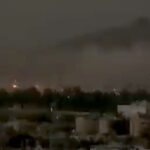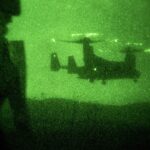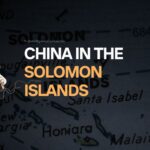The U.S. Department of Defense (DoD) has prepared plans to enhance the U.S. military presence in eastern #Syria. The White House aims to secure Syria’s largest oil and gas fields (al-Omar and Conoco) against resurgent ISIS cells and the pro-governmental forces, by sending half of an U.S. Army armoured brigade combat team (ABCT) battalion.
OPERATION “SPARTAN SHIELD”
The ABCT will be supplied by assets from the Army’s Operation “Spartan Shield,” which are deployed in Camp Arifjan, Kuwait for contingency operations. The armoured “package’ will likely consist of 20-30 tanks (e.g. M1 Abrams) or infantry fighting vehicles (e.g. Bradley, Stryker) that will provide much needed force protection for the small U.S. contingent in eastern Syria. Being engineered as among the most survivable and heavily armored vehicles in existence, the Abrams tank is built to withstand a high degree of enemy fire (tank rounds, RPGs, rockets and anti-tank missiles). Abrams tanks can also carry reactive armor, material used to explode incoming enemy fire in a matter that protects the chassis and crew of the vehicle itself.
Despite the hasty withdrawal from northern Syria, President Donald J. Trump plans to maintain the few existing U.S. combat outposts in Deir ez-Zor and in the 55-km exclusion zone (al-Tanf garrison). However, the DoD is concerned that the small military presence in the area is inadequate to repeal major enemy assaults.
EXTERNAL SECURITY
Besides force protection, external security is also precarious, as it is largely outsourced to the poorly trained Bakhara tribesmen of the Deir ez-Zor Military Council (the SDF’s local affiliate). The battle-hardened YPG militia has a residual presence in the province.
Close air support readiness and availability has also decreased as Army “Apache” attack helicopters were recently removed from northern Syria. Air assets, now based in Iraq or the U.S. Central Command area, will take significantly longer to respond in the future.
- Russia Bombs Maternity Ward & Children’s Hospital in Mariupol As Part of Siege - 10 March 2022
- T-Intell’s OSINT Training Marks One Year Anniversary - 18 November 2021
- IS-K Never Left the Battlefield - 27 August 2021






